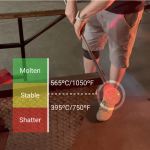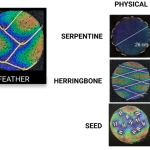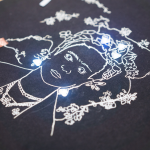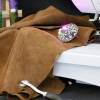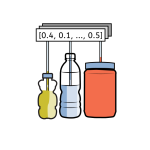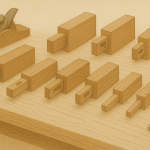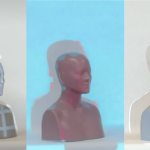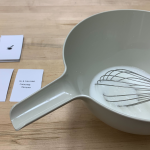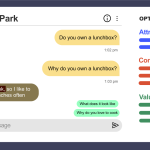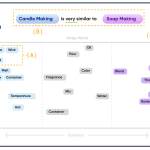ACTIVE RESEARCH AREAS
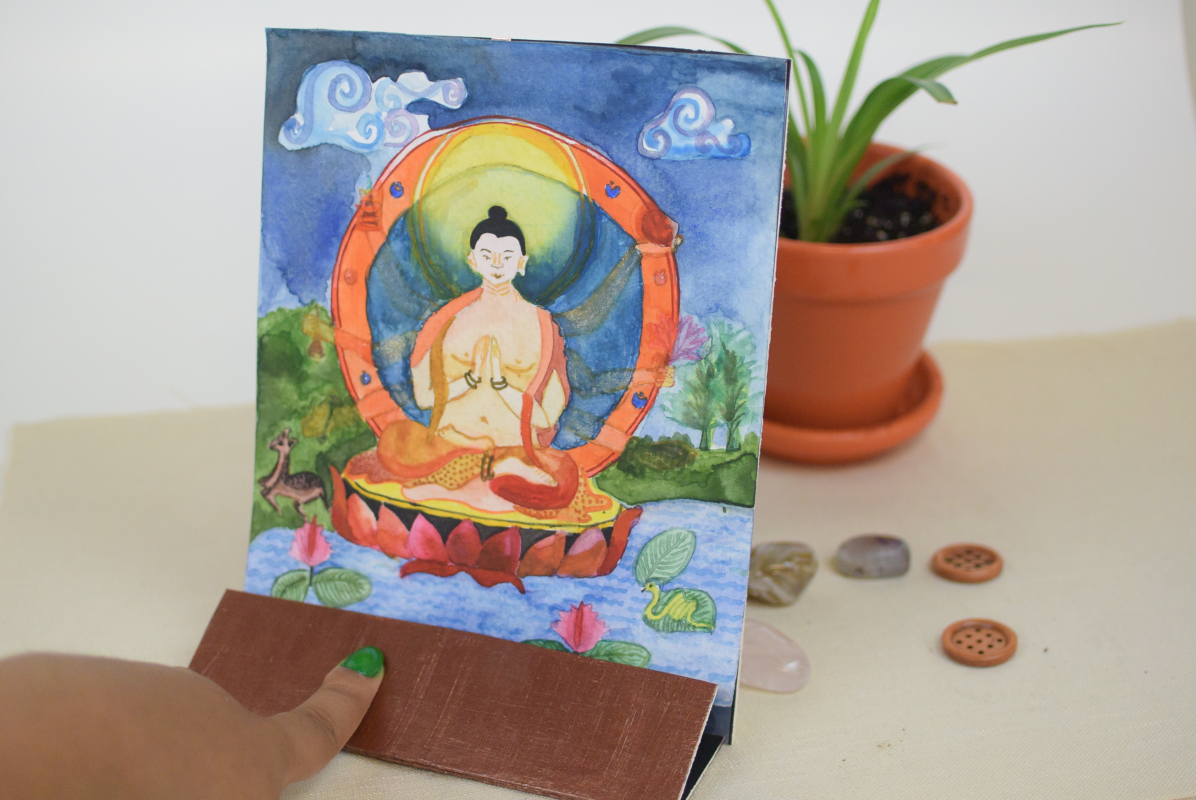
Associated Publications
![[UG Symposium] Trace to Touch](https://res.cloudinary.com/cearto/image/upload/c_fill,g_center,h_150,w_150/v1719560057/Screenshot_2024-06-28_at_2.33.11_AM.png_ha.png)
Associated Stations
Hybrid Media
Media is constantly transforming, questioning traditional notions of what it means to be an author, what constitutes matter, and how messages are conveyed. Leveraging digital fabrication technologies and emerging smart materials, this research area explores the development of New Media practices including e-textiles, dynamic printmaking, and interactive glass.
- E-Textiles – How might we enable new wearable form factors that move beyond wristbands and eyeglasses? How might we integrate and embed electronic materials onto the leather, canvas, and nylon?
- Computational Textiles – How might we leverage computational design algorithms to enhance pattern-making practices? How might we support the construction of garments through smart dress forms?
- E-Glass – Can we expand the forms and applications of electronic glass to practices like stained glass making? How might we make glass into an interactive surface?
- Computational Glass – Can we construct a material model that allows us to better understand glass's behavior in processes like glass-blowing or slumping? Can we construct computational molds that expand the forms and aesthetics of glass? Can these techniques be ported over to plastics?
- Smart Prints – How might we integrate smart materials like conductive, hydrophobic, or thermochromic inks to create dynamic and interactive printmaking practices?
- Wood Carving and Pyrography – How might we use digital fabrication technologies to enhance and hybridize traditional woodcarving practices?
- Electronic Ceramics – How might we use conductive glazes to create interactive ceramic forms?
- Computational Ceramics – How might we use clay 3D printers to support and scaffold ceramic-making skills? How might we introduce editioning, or batch production, as a digital fabrication practice?
- Mold Making/Casting – How might we support working with castable materials like silicone, wax, and plaster?
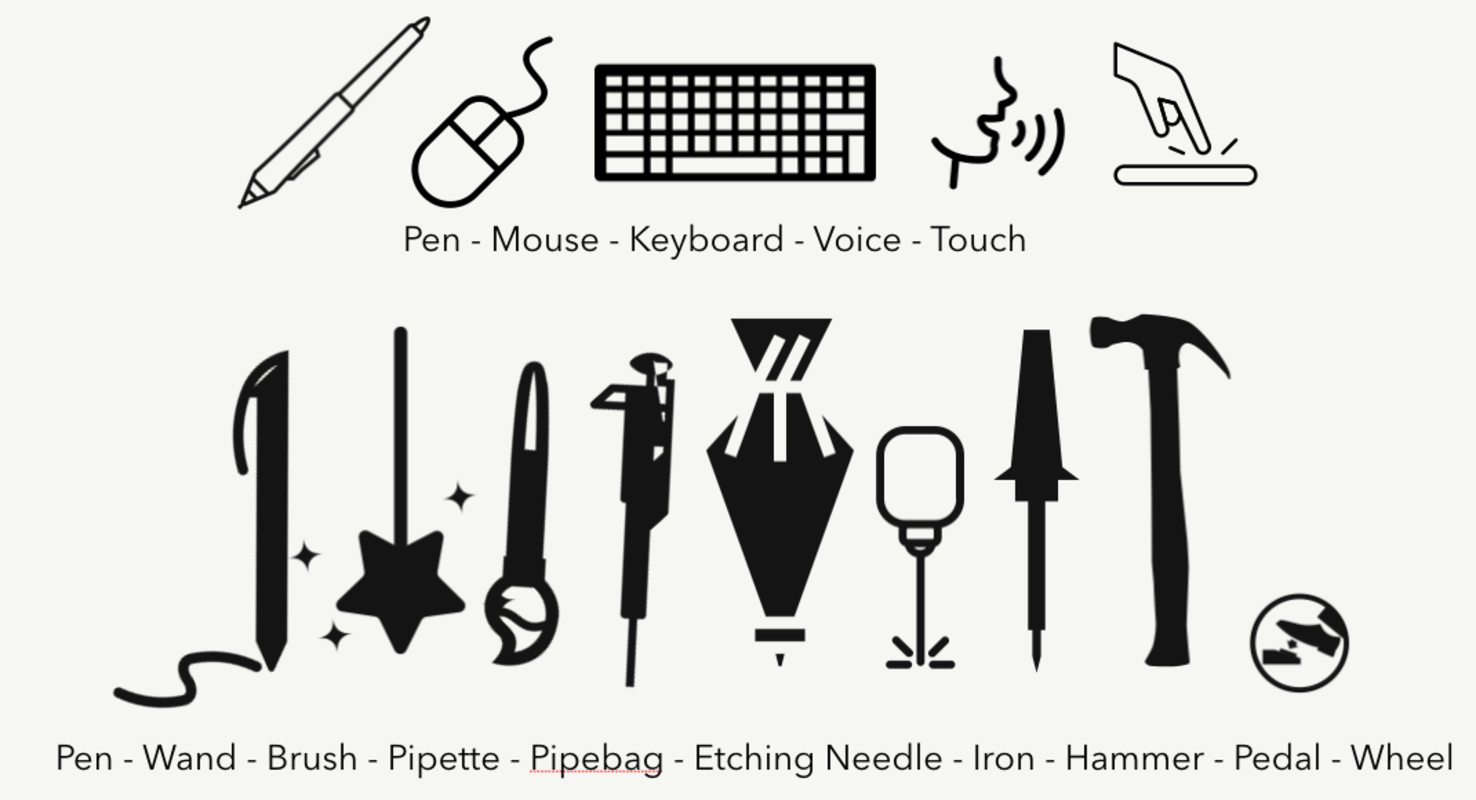
Associated Publications
Associated Stations
Hybrid Hand
In Human-Computer Interaction, we have seen skills develop around the keyboard, pen, and mouse, yet the hand and body can communicate much more richness and nuance than what is being captured. We explore such research areas like:
- Smart Tools – Every discipline has developed tools that capture rich body-based input. How might we incorporate new form factors like brushes, pipettes, pipe bags, carving tools, or wheels and expand the way we work with hybrid materials?
- Embedded Systems – How might we integrate sensor technologies to provide us more information about our interactions with materials such as foams, liquids, emulsions, and solids?
- Augmented Reality Interfaces – How might we improve the information bandwidth of tools? Can smart tools communicate via haptic, sonic, or voice cues?
- Skill Acquisition Data Mining – How might smart tools help us acquire tacit skills and share this knowledge with others?
- Computational Ethnography – How might we leverage data from sensors or activity logs to make sense of what is occurring to better design tools and interactive systems?
- Affective Computing – What might biosignals (electrodermal activity, heart rate, EEG) tell us about how practitioners regulate emotion or cognitive load to maintain themselves in focus or flow?

Associated Publications
Associated Stations
Hybrid Spaces
Each creative practice has developed a creative space, fueled by decades or millennia of grassroots innovations that are passed down from practitioner to practitioner. What might we learn from these spaces that could allow us to design, re-invent, or support emerging practices like digital fabrication?
- Internet of Spaces – How might connected spaces allow communities of practice to communicate with each other, recover from errors, and test in situ new creative and learning technologies?
- Augmented Reality – How might we use physical creative spaces to understand and study the creative process, increase its visibility to others, and support skill sharing? How might we increase the visibility of digital materials and immaterials to support hybrid practices? How might light projection mapping provide visual cues that support spatial cognition?

![[UG Symposium] Sentura](https://res.cloudinary.com/cearto/image/upload/c_fill,g_center,h_150,w_150/v1719559876/Screenshot_2024-06-28_at_2.30.10_AM.png_ha.png)
![[Graduate Consortium] Experiential Tutorials](https://res.cloudinary.com/cearto/image/upload/c_fill,g_center,h_150,w_150/v1718129790/Screen_Shot_2024-06-11_at_1.15.51_PM.png_ha.png)


